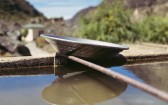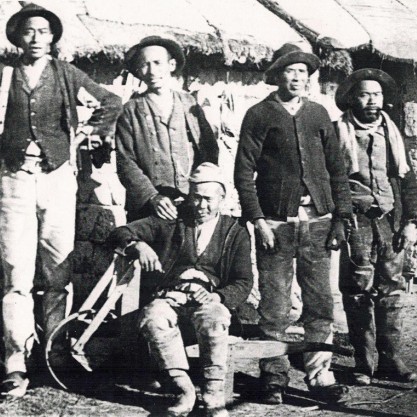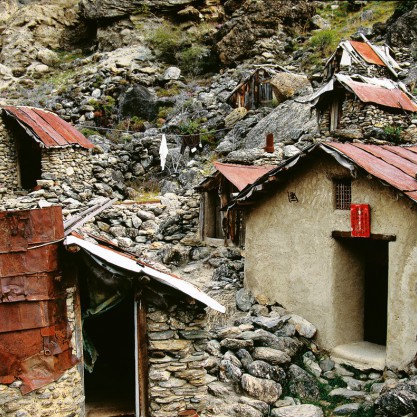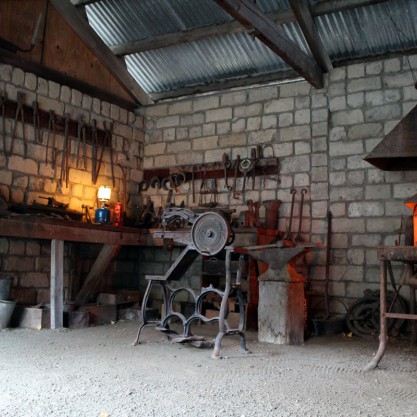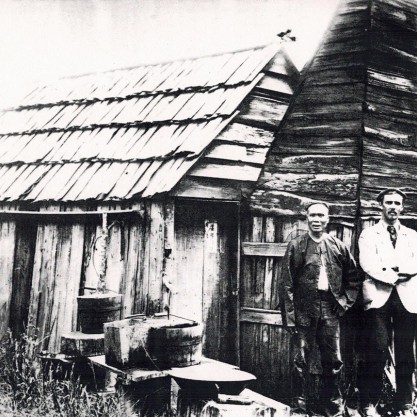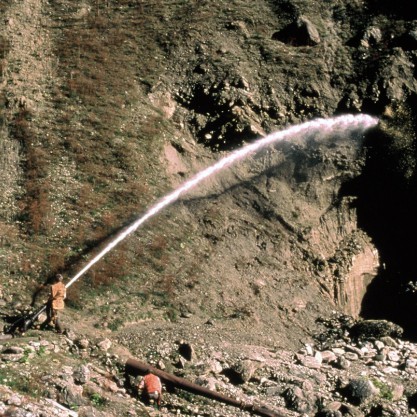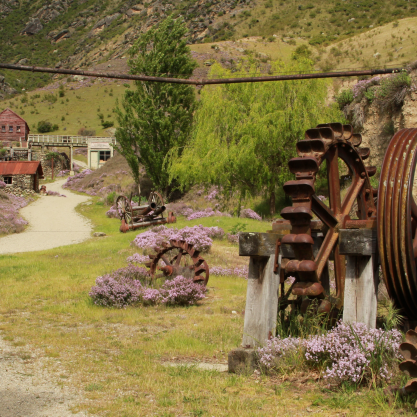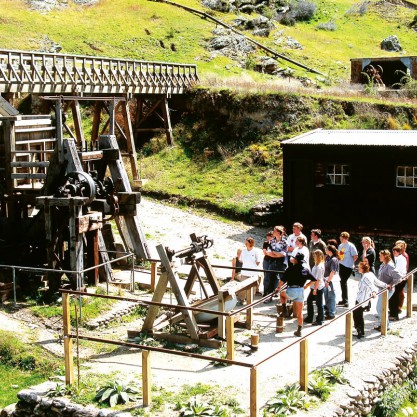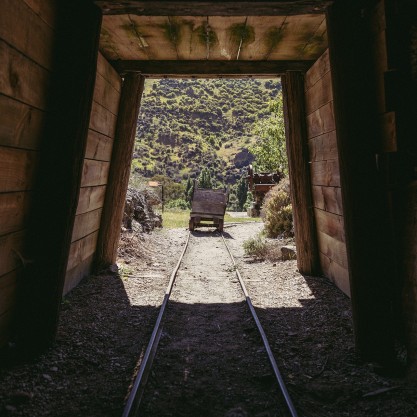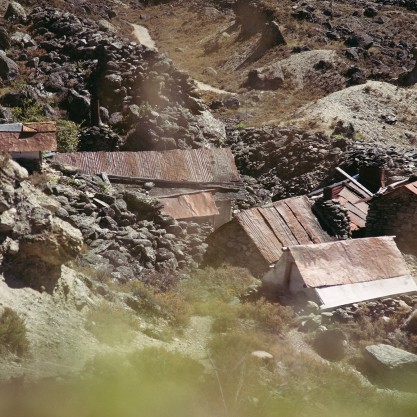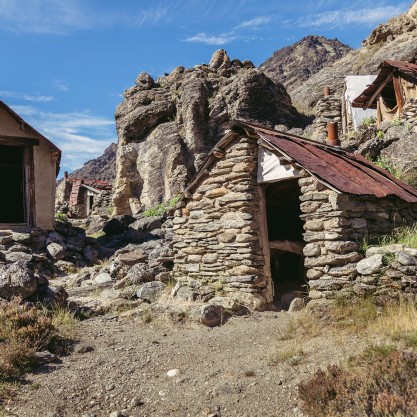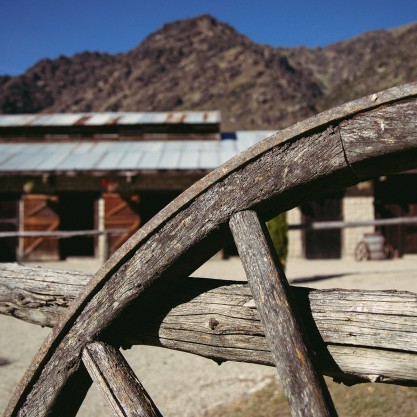Gold Rush
Goldfields Gold Rush History
The Otago Gold rush began in 1861 when Gabriel Read discovered gold at Gabriel’s Gully (near Lawrence on the way to Dunedin). Working with a pan and butcher’s knife, he collected 7 ounces of gold over a ten hour period.
Miners from many parts of the world flocked to the region and in1862, two miners – Hartley and Reilly – lodged 1,047 ounces of gold (valued today at close to $2,000,000) with the chief gold receiver.
By that time, prospectors were working all the rivers in the area, including the Kawarau River. One such site was known as Gee’s Flat which today we know as Goldfields.
At Gee’s Flat, early miners concentrated their initial efforts on gold leads laid down by an earlier river channel. They cut races to bring water from 3 nearby creeks to a series of small holding dams on the terraces. From these, water was directed in a cascade over the working faces where miners helped loosen the gravels by pick, bar and rake in a method known as ground sluicing.

Chinese Miners
Mining at Gee’s Flat was always limited by water shortages. The creeks supplying the dams could not be relied on all year and at times water shortages were so acute that the miners were forced to carry the wash dirt (the gold bearing sand and gravel) to the river rather than taking water to the wash.
The peak population of Gee’s Flat is unknown, but it is believed that by the mid 1860’s, around 100 miners were operating in the region. While most were European, there were a number of Chinese who tended to work at the river’s edges. While they benefited from the times when the river was low (exposing new gold-bearing sand) they suffered greatly when the river flooded, with drownings common in the area.
While activity at Gee’s Flat appears to have fallen off during the 1870s, there was renewed effort during the 1880’s again with the use of ground sluicing. In the early 1900s at least two parties worked Gee’s Flat along with a solitary elderly Chinese miner.
During the 1930s depression there was renewed goldmining activity on the site. The lower terraces were worked through ground sluicing or washed with metal nozzles attached to canvas hoses. At least one party used an iron monitor similar to the one used today. There was also renewed interest on underground workings with tunnels and shafts driven into the virgin gravels on the upper terraces and down, closer to the river, into the gravels immediately above bedrock.
The last full-time miner left Gee’s Flat in 1969, ending over 100 years of mining. Although millions of dollars worth of gold has been taken from the site over these 100 years, there is still a wealth of gold to be found for those lucky enough to strike it rich. In fact, an area adjacent to the Goldfields site has been recently prospected with encouraging signs of gold. This may well open a new era in twenty first century mining at Goldfields.

